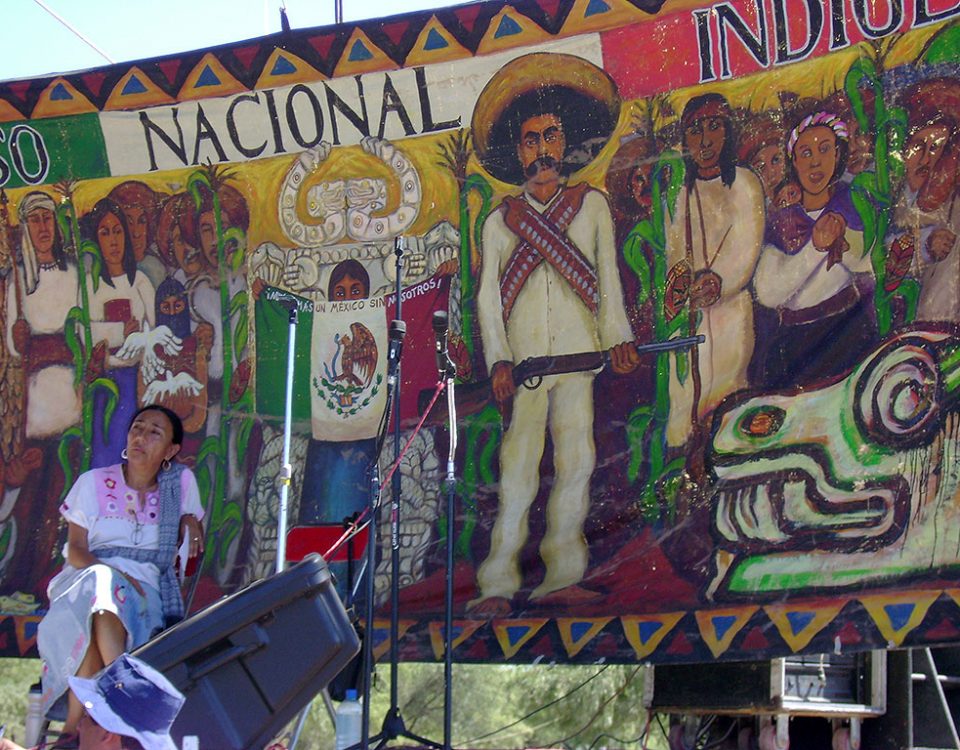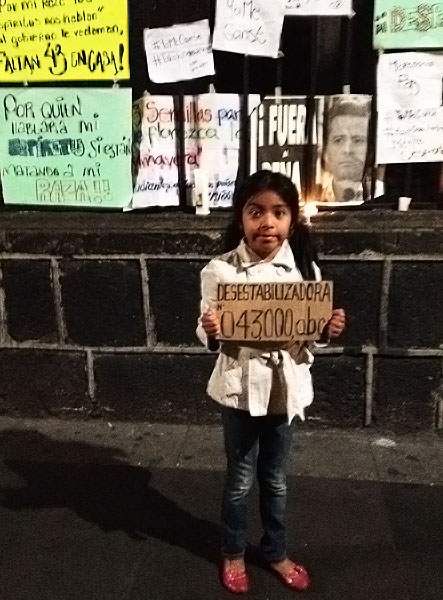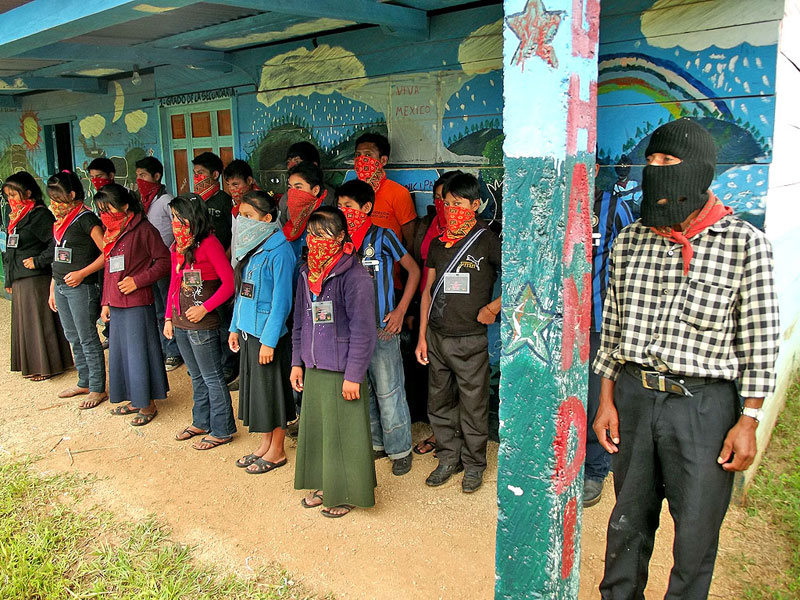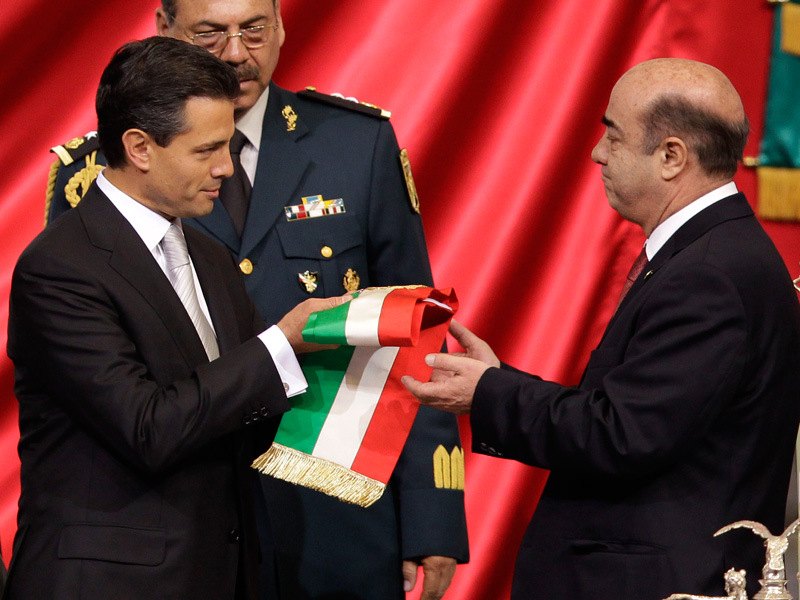In January, the EZLN accused the government of violating the agreement by presenting an alternative proposal. The EZLN refused to resume the negotiations until the government met its five conditions. During the year, the EZLN organized large demonstrations to pressure the government to implement the San Andres Accords, the most spectacular being the march of 1111 Zapatistas to Mexico City. These demonstrations were unsuccessful. The government appeared to have decided to let the situation languish. More and more characteristics of low intensity warfare appeared in the conflict:
 The manipulation of public opinion on both a national and international level. (On the one hand the government was “engaged in peace talks,” the army was performing “social labor”, and there were limited military confrontations. On the other hand, there were rumours, manipulations of mass media by the government as well as government restrictions on the possibility for international observation, etc.)
The manipulation of public opinion on both a national and international level. (On the one hand the government was “engaged in peace talks,” the army was performing “social labor”, and there were limited military confrontations. On the other hand, there were rumours, manipulations of mass media by the government as well as government restrictions on the possibility for international observation, etc.)- The maintenance of an information, military and paramilitary barrier around dissident communities.
- The terrorizing of the civil population, suspected Zapatistas and their support bases, through selective “exemplary” actions in the hopes of preventing the insurgency from spreading to other parts of society.
- The use of a strategy of “divide and conquer” on an inter and intra-community level through the repression and intimidation of social organizations.
The government appeared to count on the EZLN losing its legitimacy in this prolonged low intensity war with all its complex political, militaristic, economic, juridical, and informative dimensions. At the same time the CONAI and the San Cristobal diocese were subjected to criticism and defamation campaigns.
A wave of violence was unleashed in the entire state from the Northern Zone (numerous actions by Peace and Justice including an attack against the Bishop of San Cristobal) to Chenalho, culminating in the massacre at Acteal of 45 people. The number of displaced people increased significantly to around 4000 in the Northern Zone and approximately 10,000 in the Highlands.




